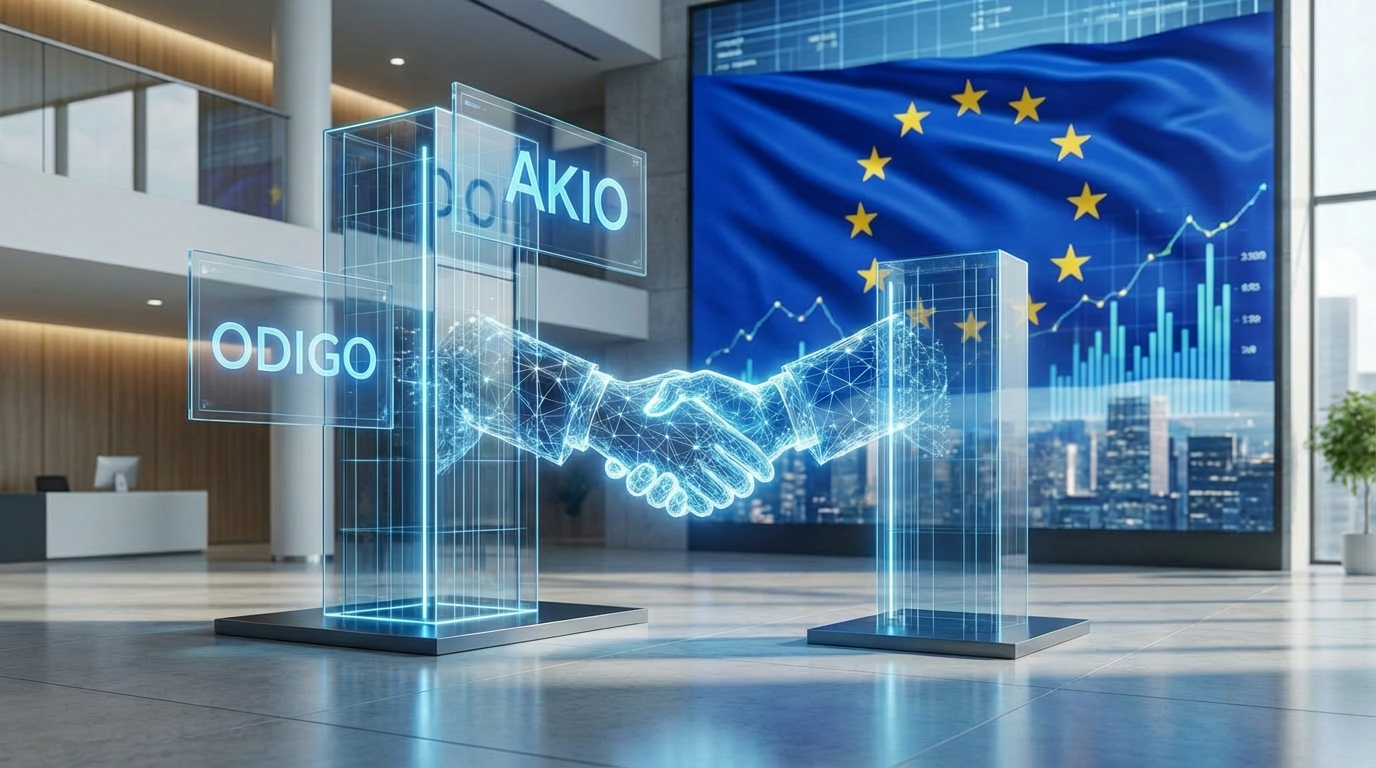A new report has claimed that “customer service is on the brink”.
Released by Accenture, the study surveyed over 7,000 customers, with the results making grim reading for the customer service and experience space.
Of those surveyed, 87 percent admitted that they were likely to avoid a company after just one bad experience.
Additionally, almost two-thirds of respondents stated that they had been frustrated or annoyed with at least one recent customer service interaction.
The findings have also further strengthened the long-running disconnect between customers and companies when it comes to the use of technology.
Indeed, just 18 percent of people believe technology has enhanced their customer service experiences, with one respondent claiming that it is “becoming more work to be a customer” and another saying that “getting a chatbot to work is like winning the lottery.”
That quote offers a reminder of the “customer service doom loops” chastised by former President Joe Biden last year.
The report expounded on these suggestions, claiming that “some solutions are falling short.”
It continued: “Fewer than one-fifth of the consumers we surveyed said that technology had significantly improved their customer service experiences.
Often, they told us, more technology is making their experiences worse. And as companies streamline, customers feel they have to do more to get things resolved.
The study also took businesses to task for focusing on technology to cut costs and boost efficiency, often at the expense of customer experience.
This assertion was proven in the report, with 64 percent of customer service executives admitting to prioritizing cost efficiency over customer satisfaction, forcing customers to put in more effort than they should to get their needs met.
Moreover, when compared to the same study conducted in 2022, the number of executives who see service departments as customer value drivers has dropped by 60 percent – highlighting the alarming rate at which attitudes toward customer service and experience are changing.
But what exactly can businesses do to stop the rot?
Coming Back from the Brink
As well as delivering the results of the survey, Accenture’s report also provided some recommendations and tips on how organizations can enhance their customer service and experience offerings moving forward.
The report posited that when operating in an age where customer expectations are evolving, businesses must rethink their approach to service.
In order to do so, Accenture highlighted three key strategies for delivering superior support.
1. Human-Like AI for Personalized Interactions
Despite detailing the issue of over-prioritizing technology, the study still argued that AI can play a big role in the CX space when “done right”.
Intelligent virtual assistants can now deliver natural, conversational experiences, reducing friction and boosting satisfaction.
Meanwhile, sales and support teams can leverage AI-powered insights and recommendations to craft hyper-personalized responses, ensuring every interaction is relevant and effective.
Forward-thinking companies are leading the charge, with data showing they are significantly more likely to integrate generative AI into agent workflows.
By embracing these tools, organizations can resolve customer queries faster and enhance digital engagement across channels.
Yet, orchestration must be a key focus, with off-ramps for customers to ensure they bypass those dreaded doom loops.
2. Predictive Insights for Proactive Support
The report states that data is crucial to preventing service issues before they arise.
Advanced analytics and AI-powered forecasting allow businesses to anticipate customer needs and optimize service delivery in real time.
Despite this potential, many companies still underutilize predictive AI, with only a fraction of executives reporting regular use.
However, high performers are proving the value of these investments. Companies leading in AI adoption are nearly 50 percent more likely to use it for predictive customer service, giving them a competitive edge in issue resolution and customer satisfaction.
3. Centralized Intelligence for Cross-Team Collaboration
Another major stumbling block to providing high-quality customer service is isolation.
The report explains how organizations that integrate service insights across departments can unlock new efficiencies and enhance overall business performance.
By centralizing customer data, teams gain a clearer picture of emerging trends, enabling them to refine strategies in sales, marketing, and beyond.
The best-performing organizations are already making this shift, using service-driven insights to optimize operations and drive revenue growth.
With AI-enhanced collaboration, Accenture claims that companies can turn customer service from a cost center into a strategic advantage.
As AI and automation reshape customer interactions, businesses that embrace these innovations will be best positioned to build lasting relationships and drive loyalty in an increasingly competitive landscape.
Join our CX Community
Be part of a community that shapes the future of CX. Join thousands of like-minded professionals who share your passion for exceptional customer experiences.







